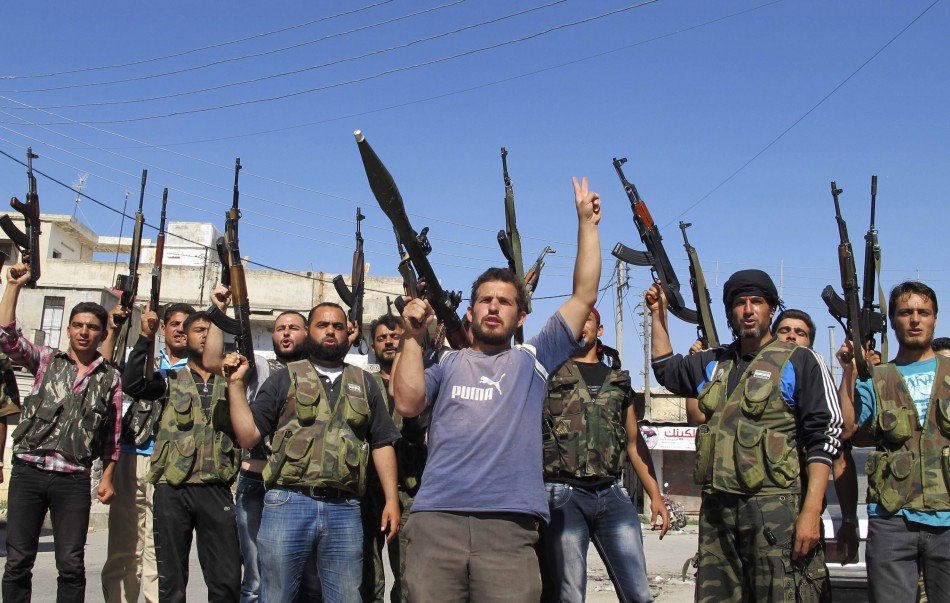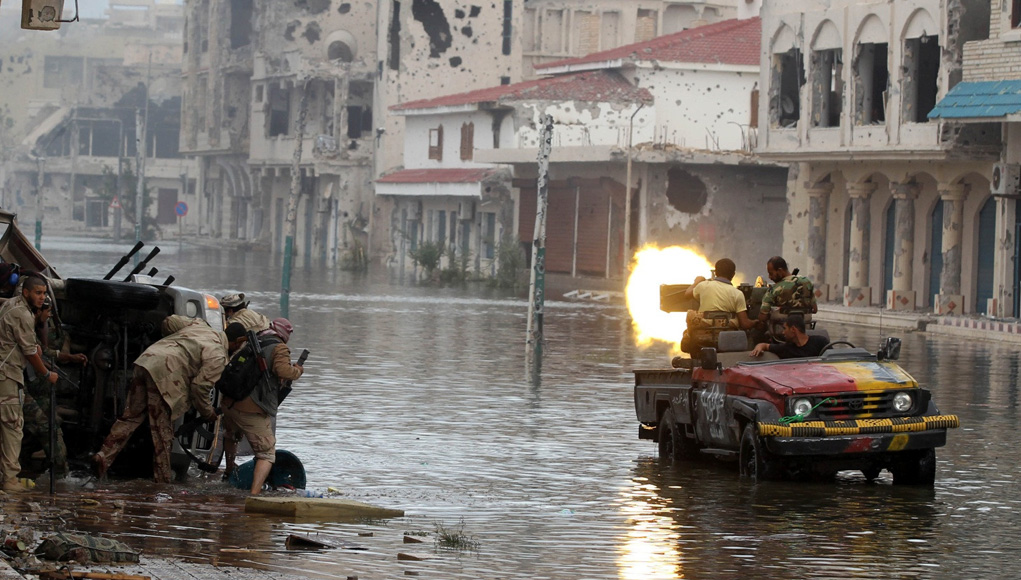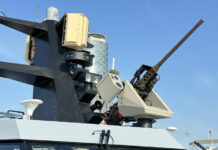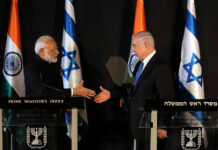 The battlefield of the Syrian civil war has changed dramatically from September 2014 to July 2015.
The battlefield of the Syrian civil war has changed dramatically from September 2014 to July 2015.
Taken as a whole, Assad’s military campaign has largely succeeded only in generating further disorder. The strategy of defensive protraction adopted by the Assad regime resulted in a grueling and destructive stalemate across most of the battlefields of Syria through 2014 and into 2015. Extremist groups have established their own momentum in Syria that will likely affect the course of the Syrian war in the next six months. The Islamic State of Iraq and al-Sham (ISIS) seized the regime stronghold of Palmyra in the central Syrian desert on May 20, 2015, positioning ISIS at the entrance to Syria’s central corridor.
ISIS is likely to capitalize on this gain to launch follow-on operations to penetrate core regime-held terrain such as Homs or Hama cities, with intended consequences for both the Syrian regime and Syrian opposition forces. Meanwhile, Syrian al-Qaeda affiliate Jabhat al-Nusra (JN) is on the rise on several fronts in western Syria and is increasing its gains, together with ISIS in central Syria to achieve aggregate, although unsynchronized effects against the Assad regime.
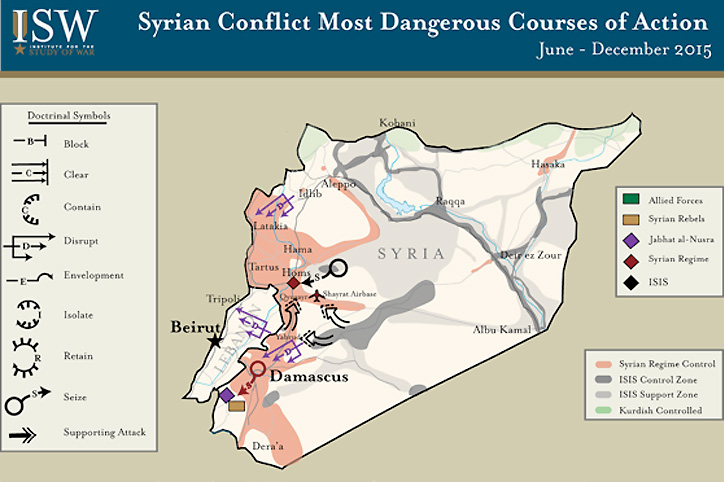
Check ISW for an updated report on the situation in Syria
If sustained, such gains could potentially cause the regime to centralize its efforts to defend key positions in Damascus, Homs, Hama, and the Alawite coast. The regime is likely to use new reinforcements from the Iranian al Quds force and Hezbollah, to consolidate the defense of its core terrain and to undertake limited offensive action to establish buffer zones that provide defense-in-depth against future attacks. The regime will likely prioritize blocking JN and rebel forces in southwestern Idlib Province in order to protect the strategic Alawite heartland of the coastal Latakia Province. The regime will likely also secure the Syrian capital of Damascus and possibly clear it of rebel, JN, and ISIS presence. Regime consolidation in Latakia and Damascus Provinces will likely facilitate victory by rebel forces in Aleppo and Dera’a.
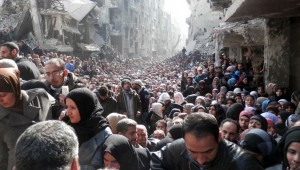 Syrian rebel forces, backed by ISIS and JN are likely to launch major offensives that could alter the trajectory of the Syrian war in the next six months. For example it is expected that JN and rebel forces are likely to launch a major operation to seize control of Dera’a City in southern Syria, close to the Jordanian border. Which could endanger the Hashemite Kingdom, already largely penetrated by ISIS cells and scores of refugees from Syria and Iraq, welcome candidates to join the Islamic State.
Syrian rebel forces, backed by ISIS and JN are likely to launch major offensives that could alter the trajectory of the Syrian war in the next six months. For example it is expected that JN and rebel forces are likely to launch a major operation to seize control of Dera’a City in southern Syria, close to the Jordanian border. Which could endanger the Hashemite Kingdom, already largely penetrated by ISIS cells and scores of refugees from Syria and Iraq, welcome candidates to join the Islamic State.
The Syrian regime will most likely attempt to launch limited offensive operations in order to disrupt current opposition momentum, reestablish defensible perimeters around its core terrain, and deny anti-Assad forces opportunities to open new battlefronts within previously-secure regime-held provinces. The first likely target of a counterattack by the regime is Jisr al-Shughour City, which lies at the seam between Idlib and Aleppo Provinces.
The fall of Jisr al-Shughour could enable anti-Assad forces to penetrate into the coastal Alawite stronghold of Latakia Province and it is therefore crucial for the regime to eliminate this staging area in order to defend Latakia and the strategic Tartous port. The regime will also likely launch an offensive to clear the rebel-held outskirts of Damascus City. An indicator for this course of action occurred on June 3, 2015, with reports that over 7,000 Iraqi Shi’a militia and Iranian IRGC fighters have arrived in Damascus.
JN’s most dangerous course of action in the next six months is to launch major spectacular attacks against pro-regime forces, partly encircled in the North and South, in order to undercut the regime’s support base and to exploit the growing vulnerabilities of the pro-regime alliance that includes Iran and Hezbollah. An escalating campaign of JN spectacular attacks would be highly dangerous because it would likely provoke sectarian reprisals by Hezbollah against Syrian refugee communities in Lebanon that could ignite sectarian tensions and spark widespread violence in the country.
Meanwhile, the expected offensives by ISIS targeting the Syrian central corridor over the next six months could possibly play into JN’s own campaign. Regardless of whether JN and ISIS cooperate or compete, gains made by ISIS against the regime in the central corridor could accelerate the military campaign that JN intends.
A new front could also develop on Israel’s northern border. Multiple indicators of Iranian interest in gaining a foothold along the Golan Heights occurred in early 2015. An Israeli airstrike in northern Quneitra Province in January 2015 killed IRGC-QF Brigadier General Ali Allahdadi, prominent Hezbollah commander Jihad Mughniyeh, and four other senior Hezbollah officials.
The present status quo in Syria will likely allow jihadist groups such as al-Qaeda and ISIS to gain considerable influence and power while providing increasing incentives for Iran and Saudi Arabia to escalate their current regional standoff in Syria.
The likely evolution of the war in the next six months will exacerbate these trends, as ISIS will continue to gain more territory within the Syria’s interior, though Syrian Kurds are currently threatening ISIS along the Syrian-Turkish border. In the worst case, dangerous courses of action chosen by multiple actors could produce a highly unstable outcome that escalates a spiraling war between global jihadist elements and regional actors.
